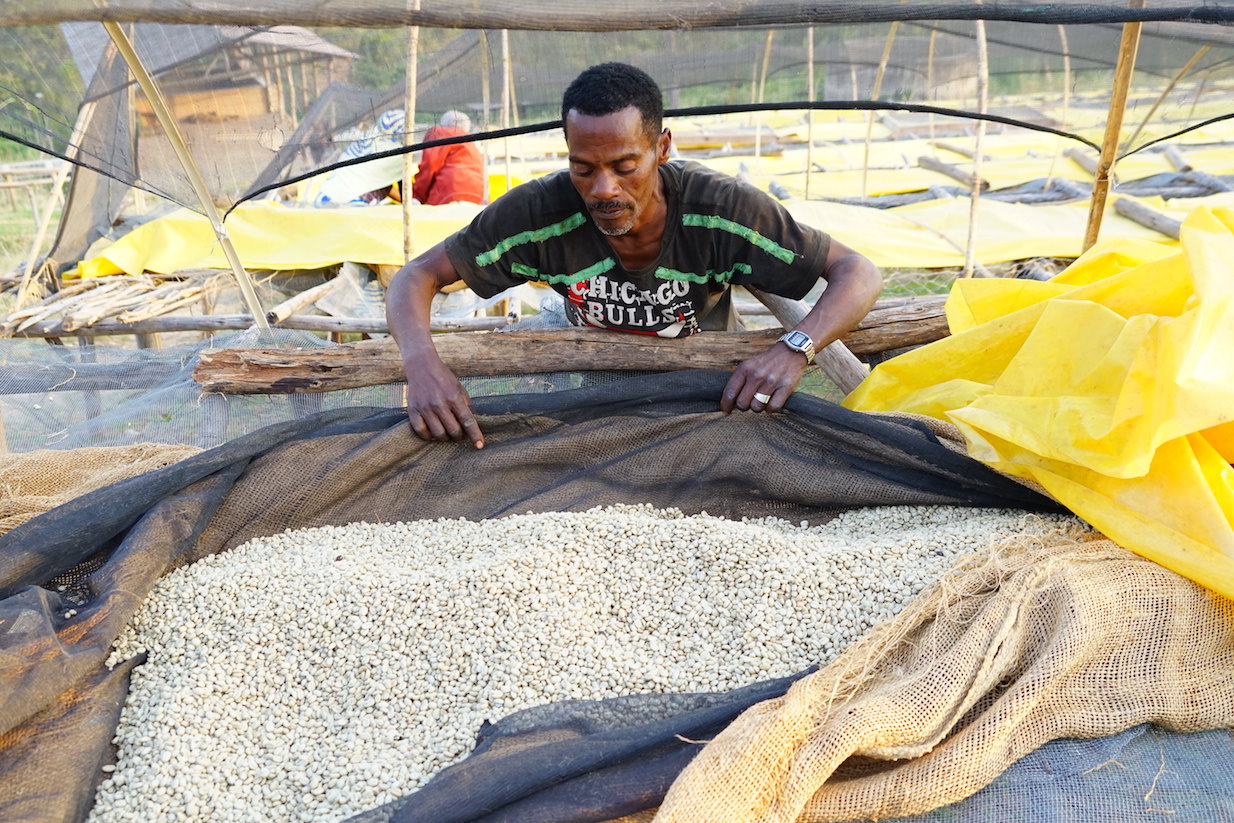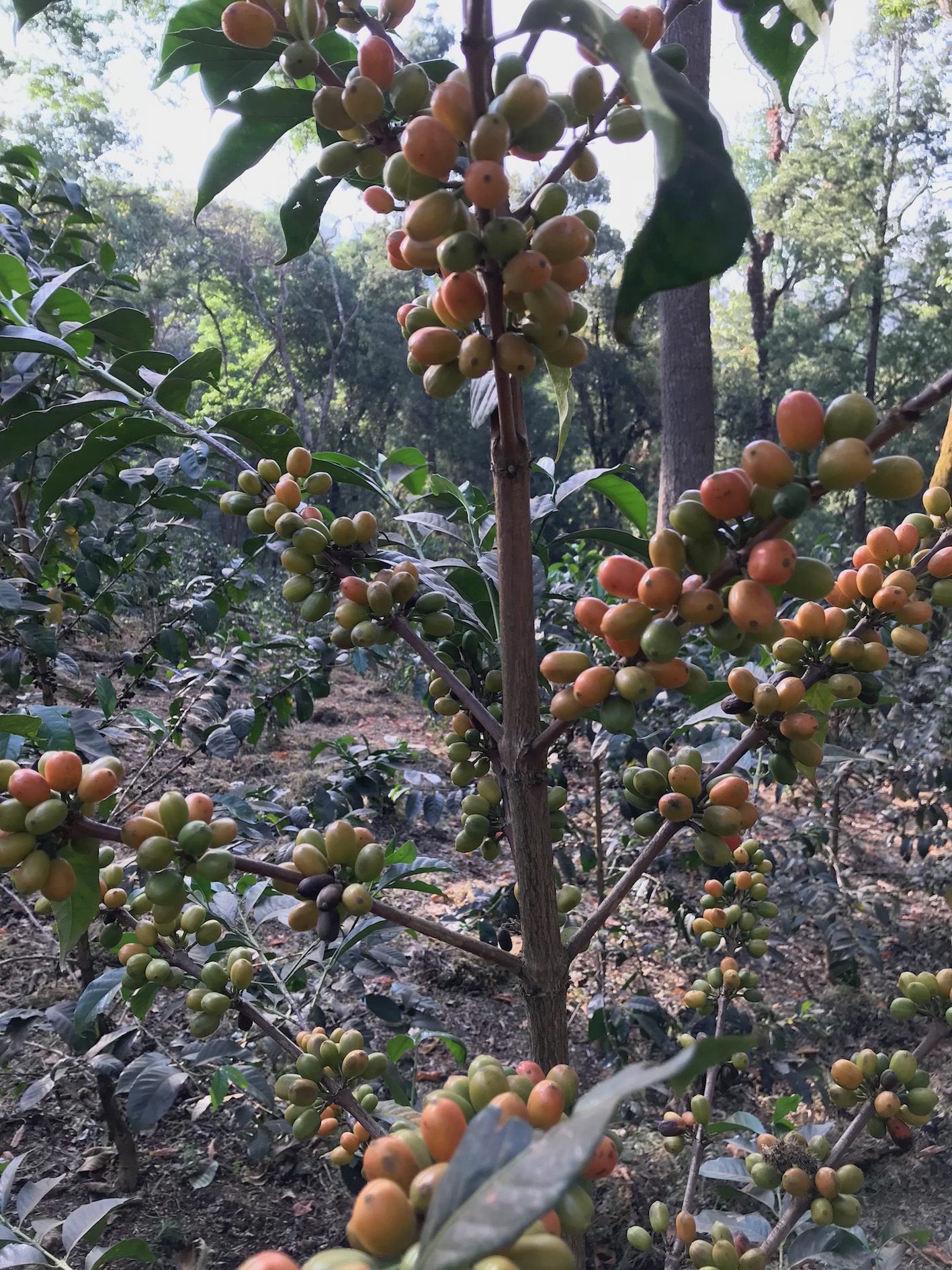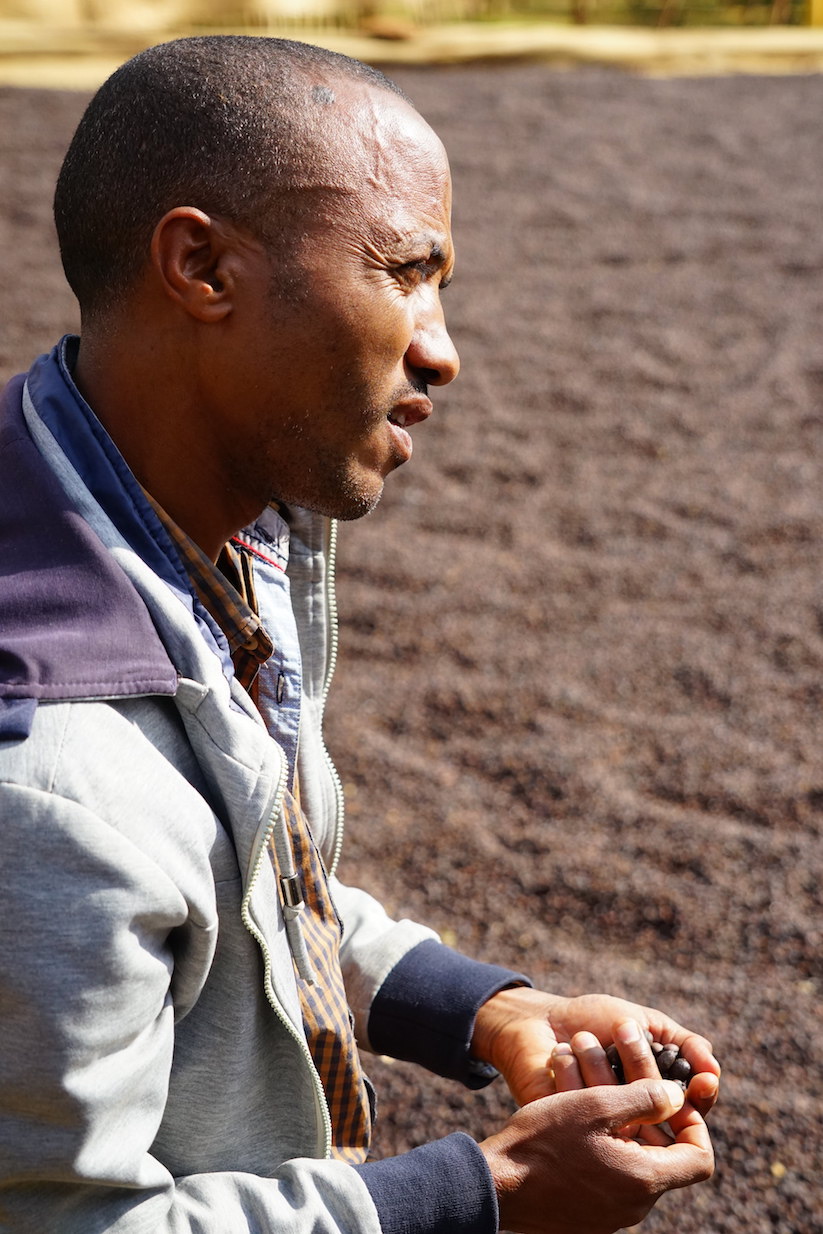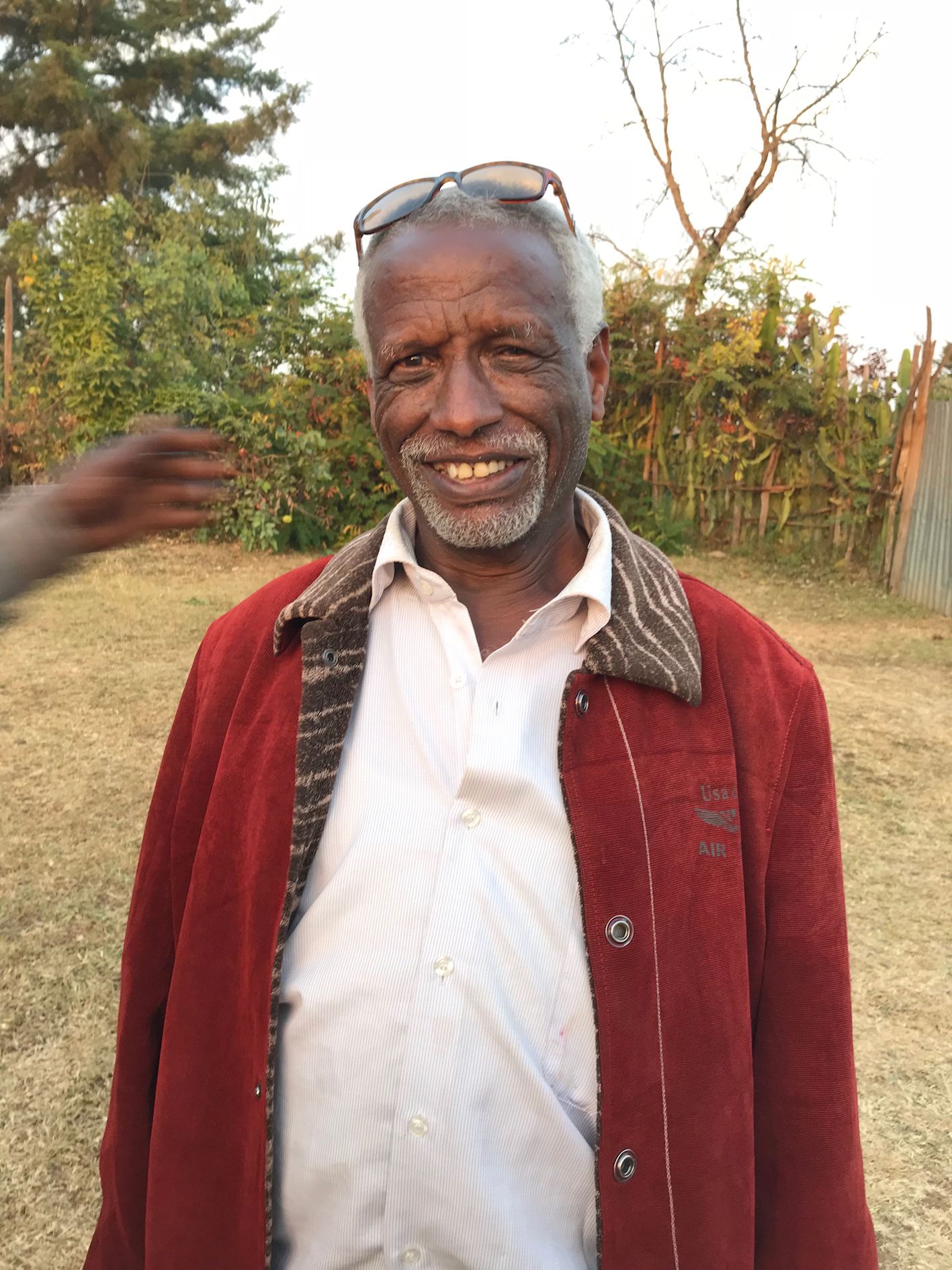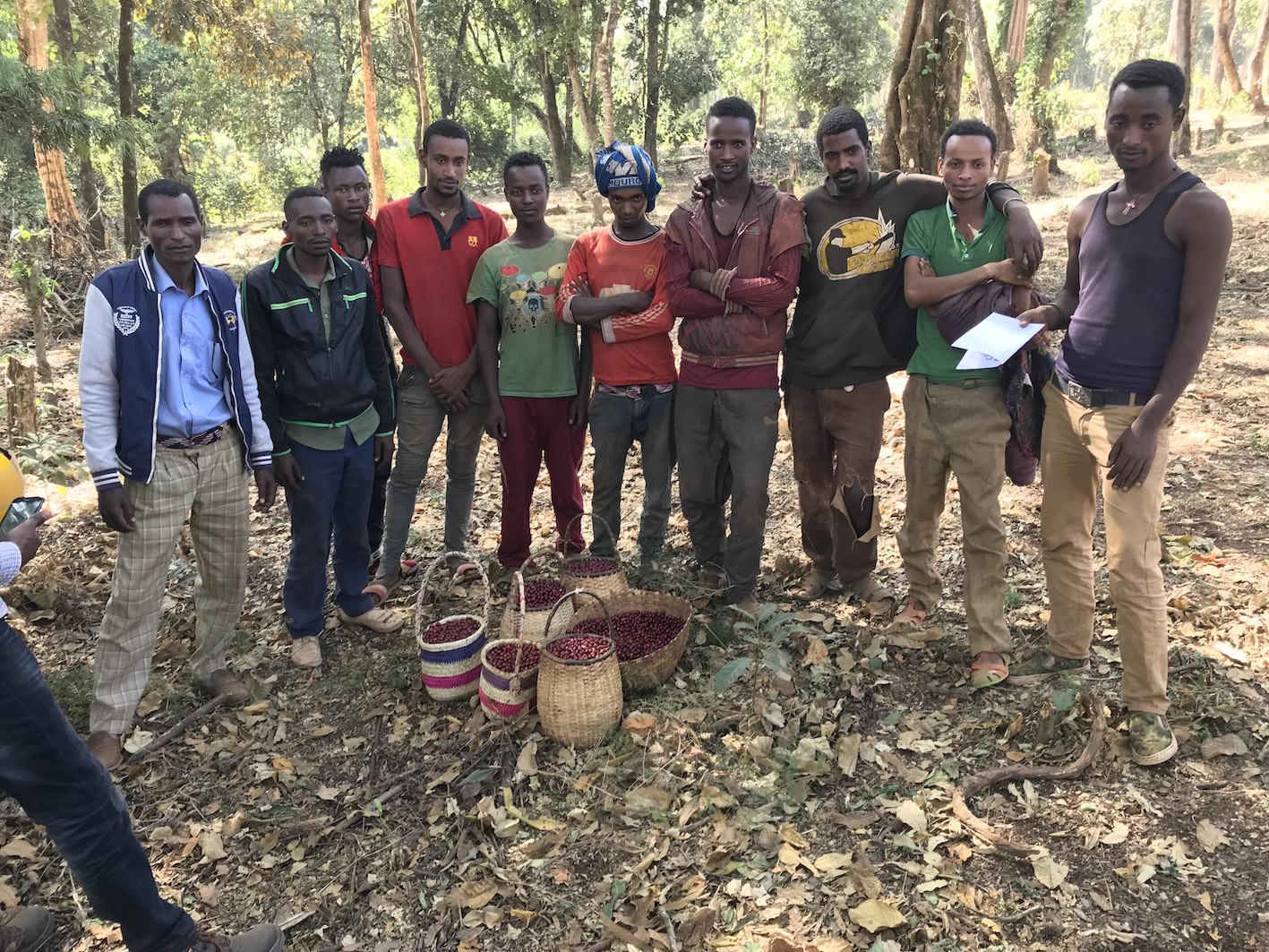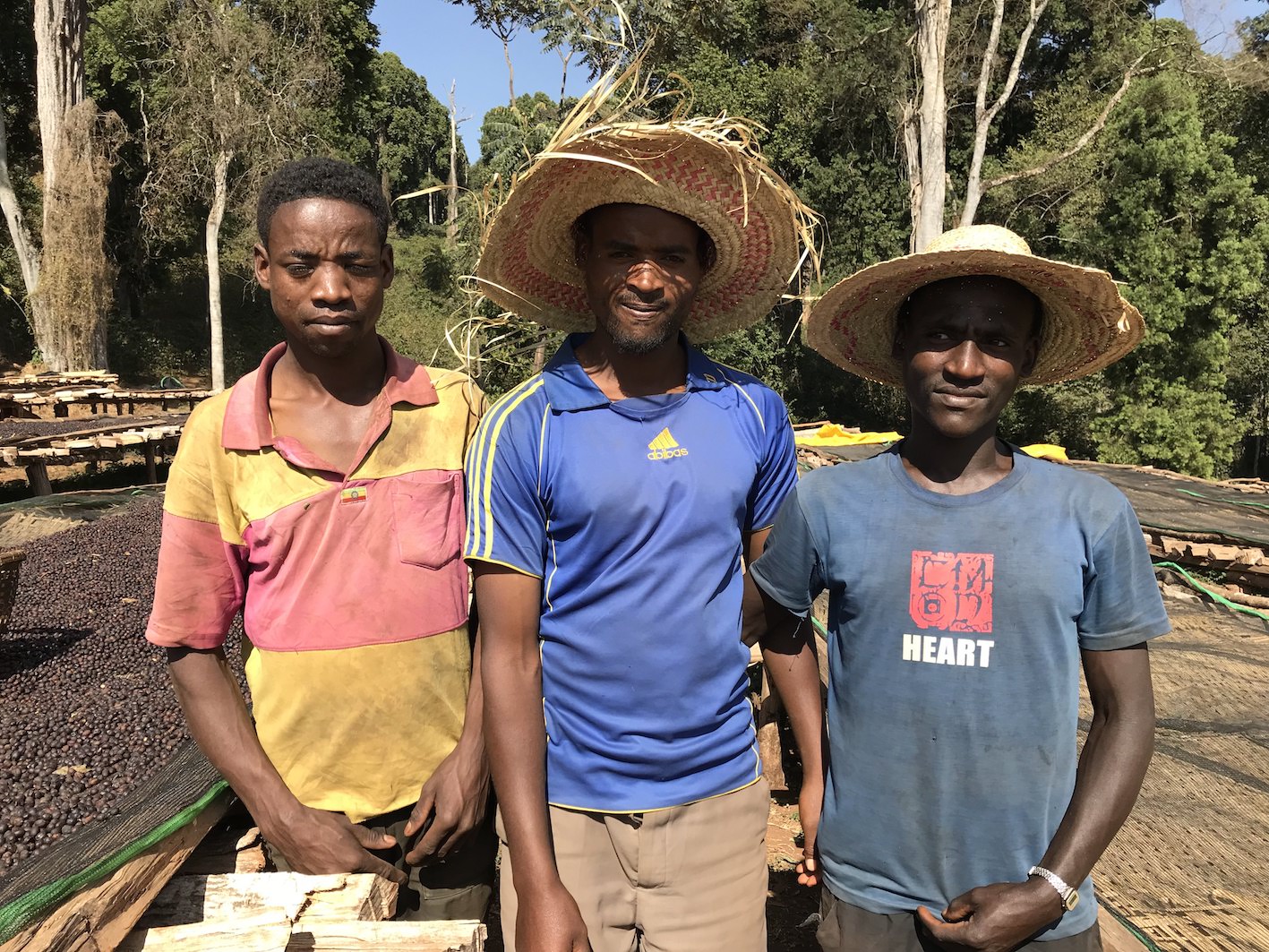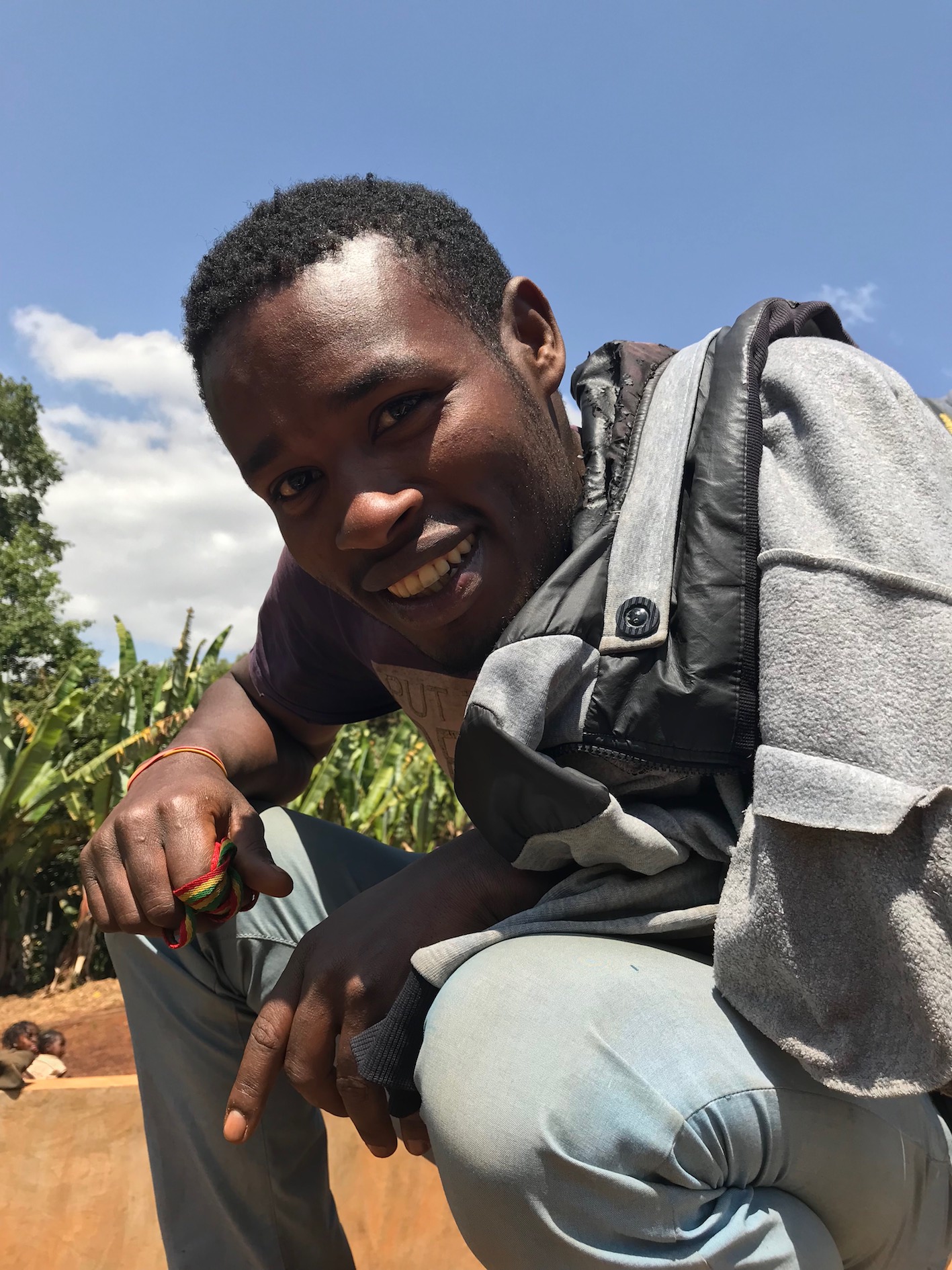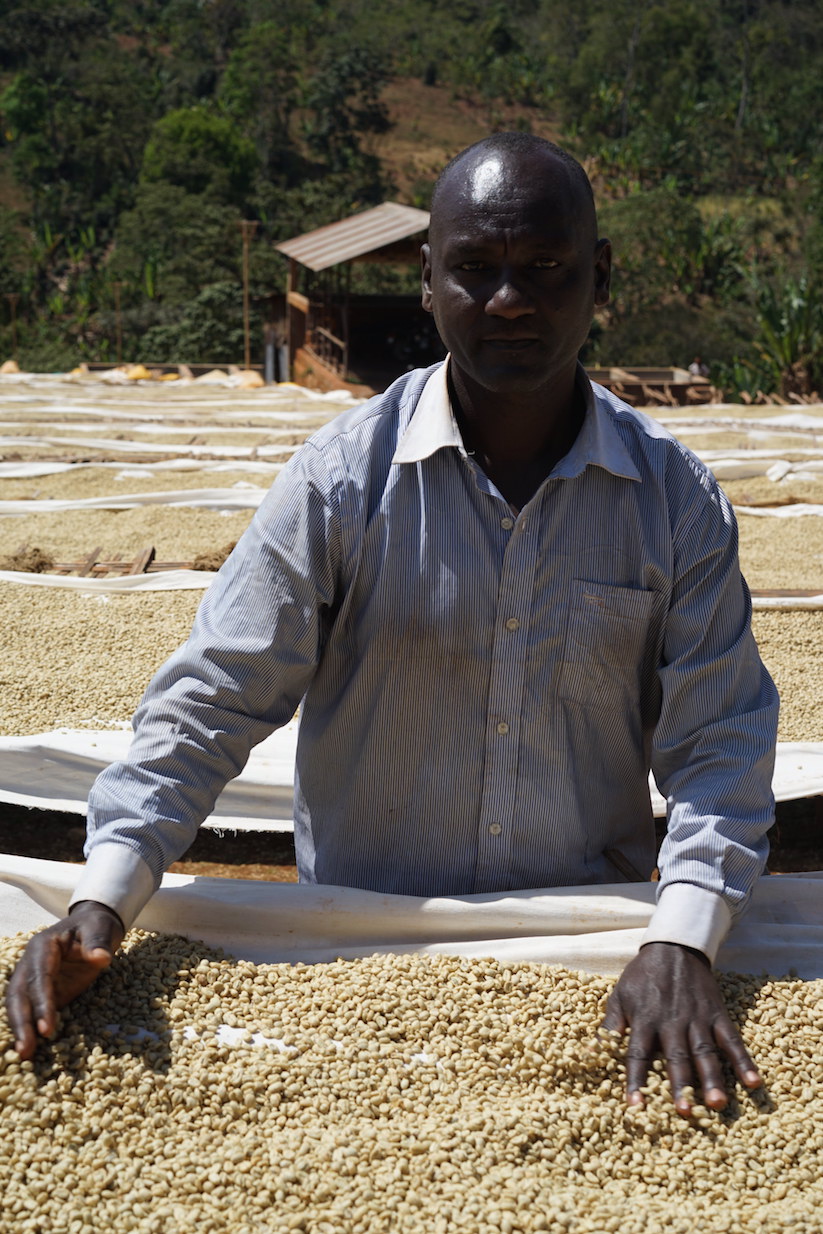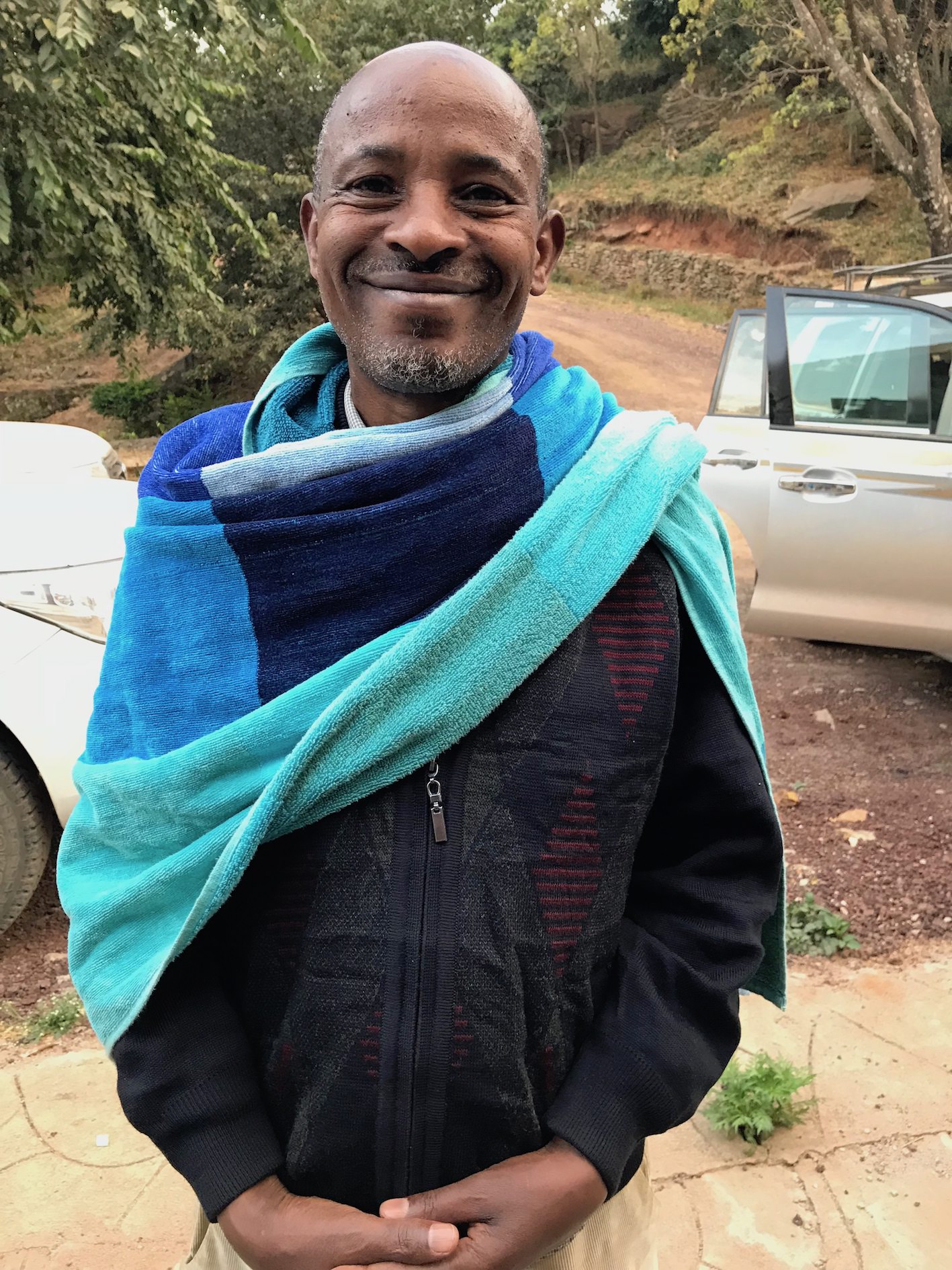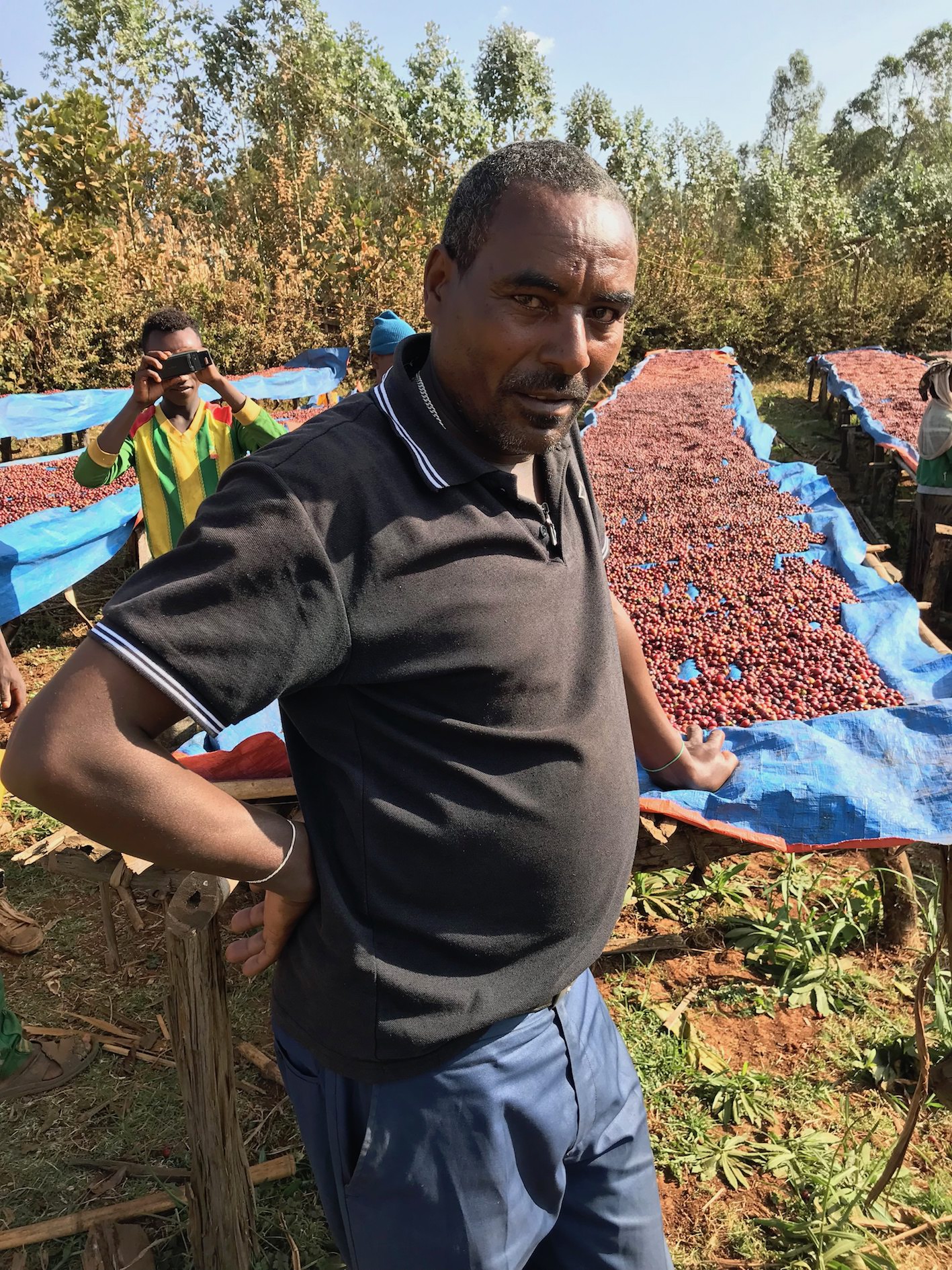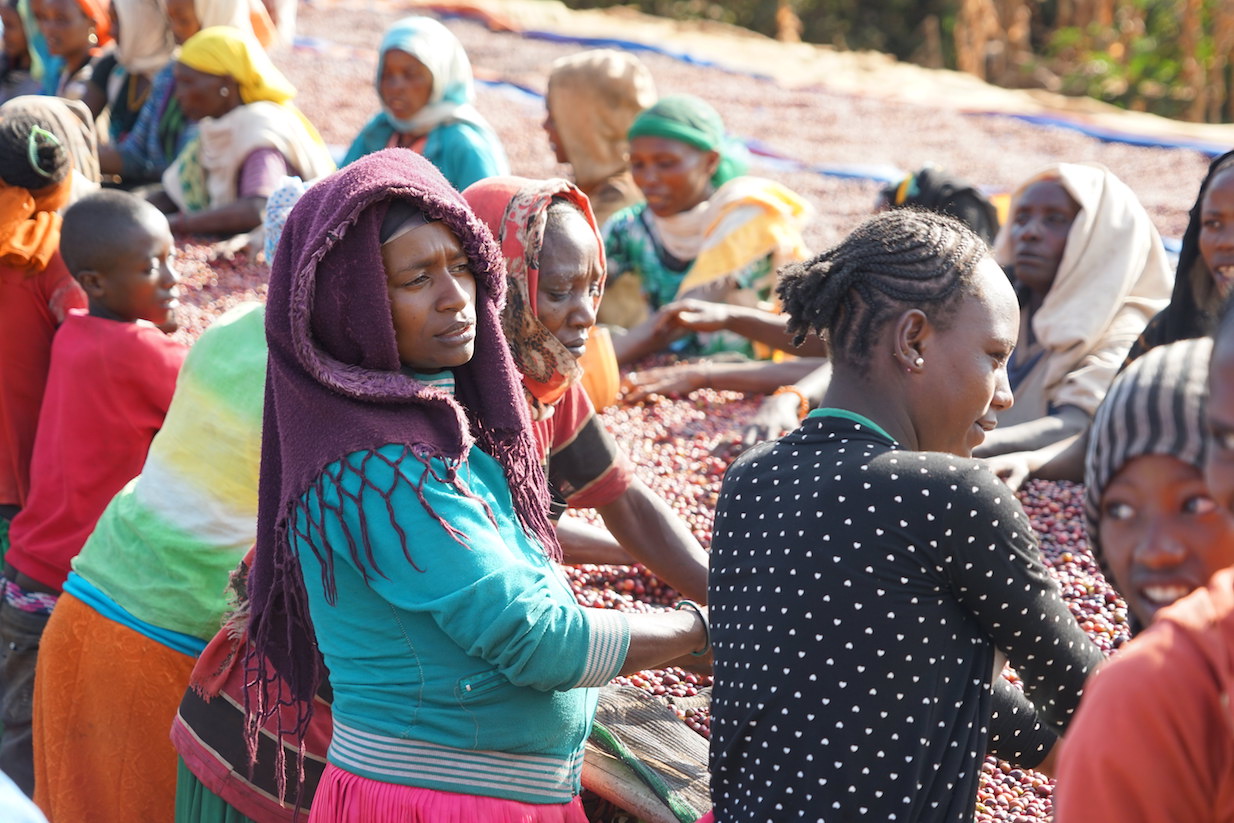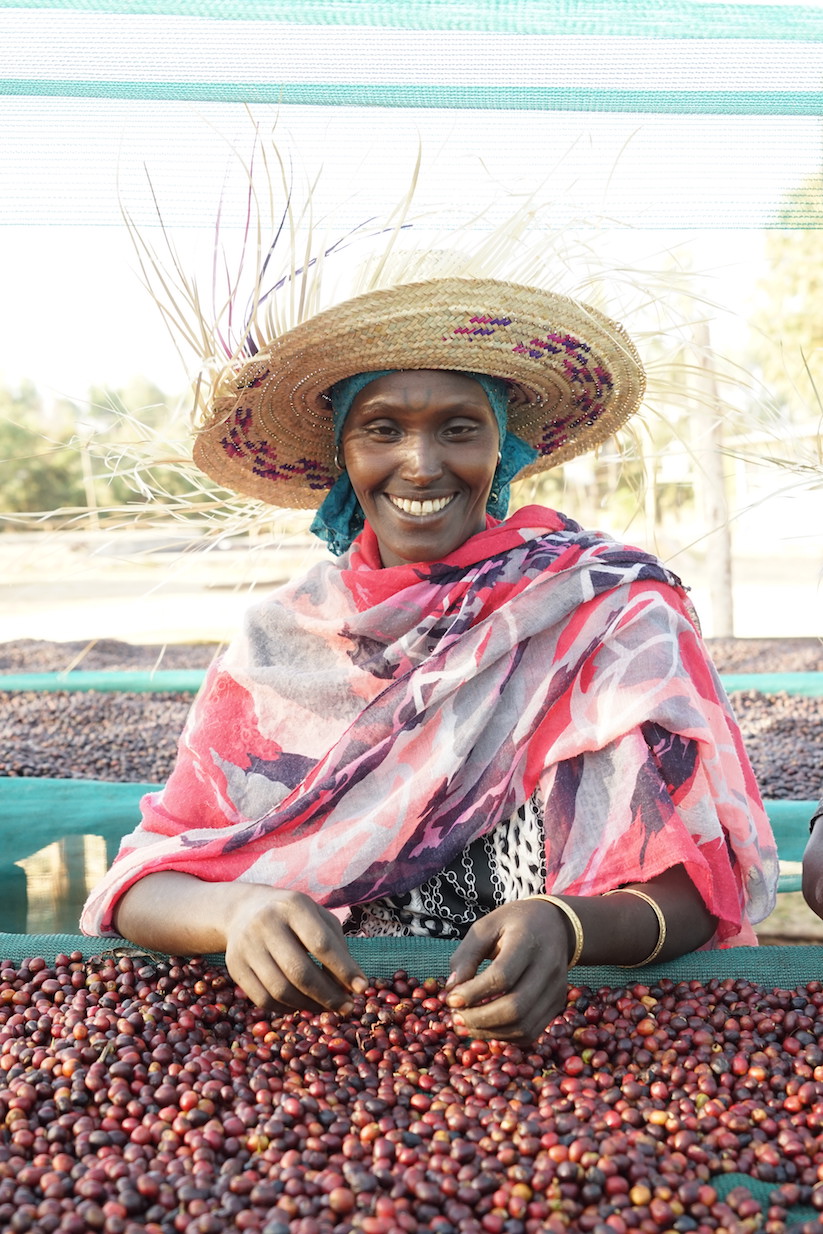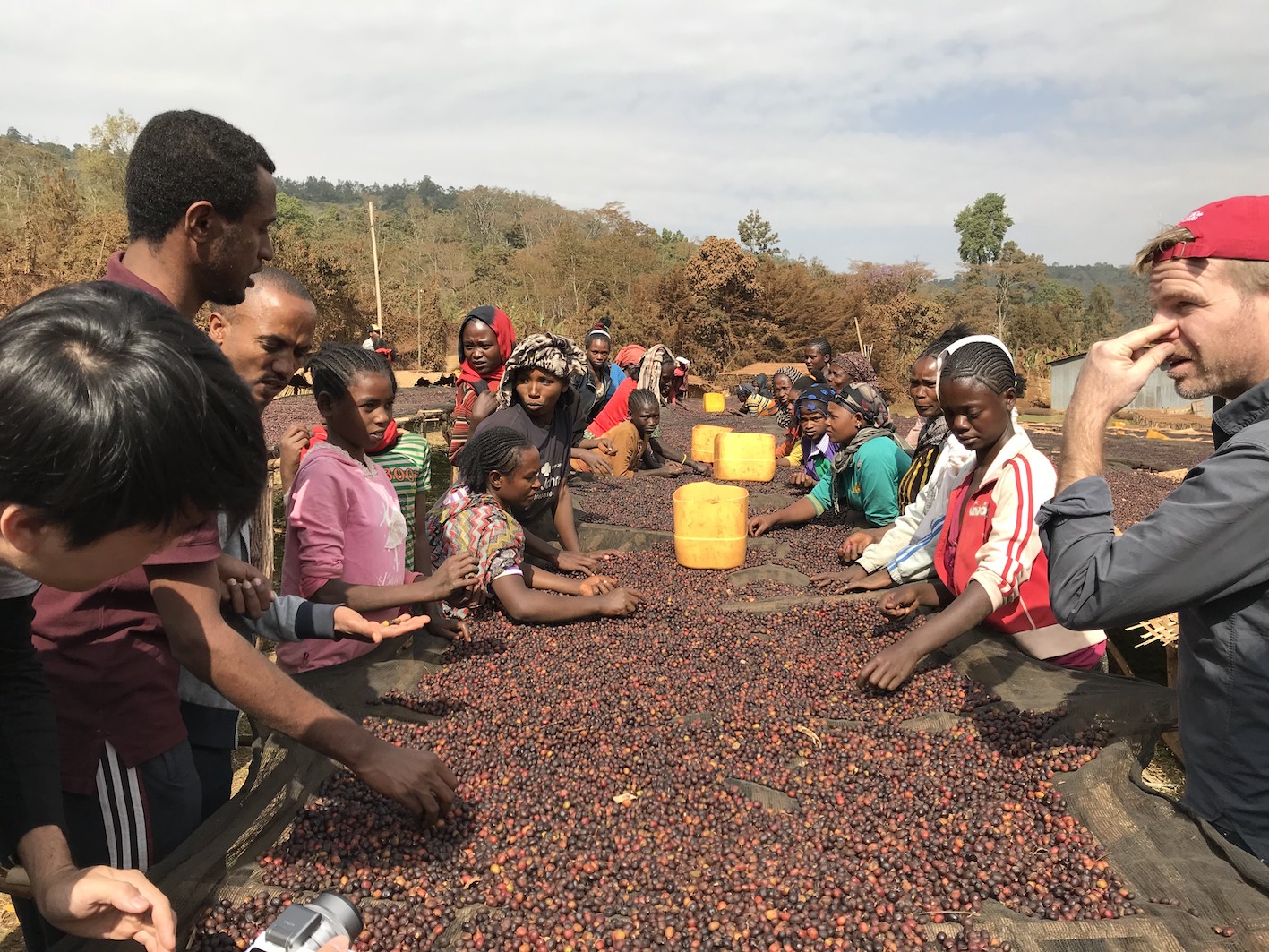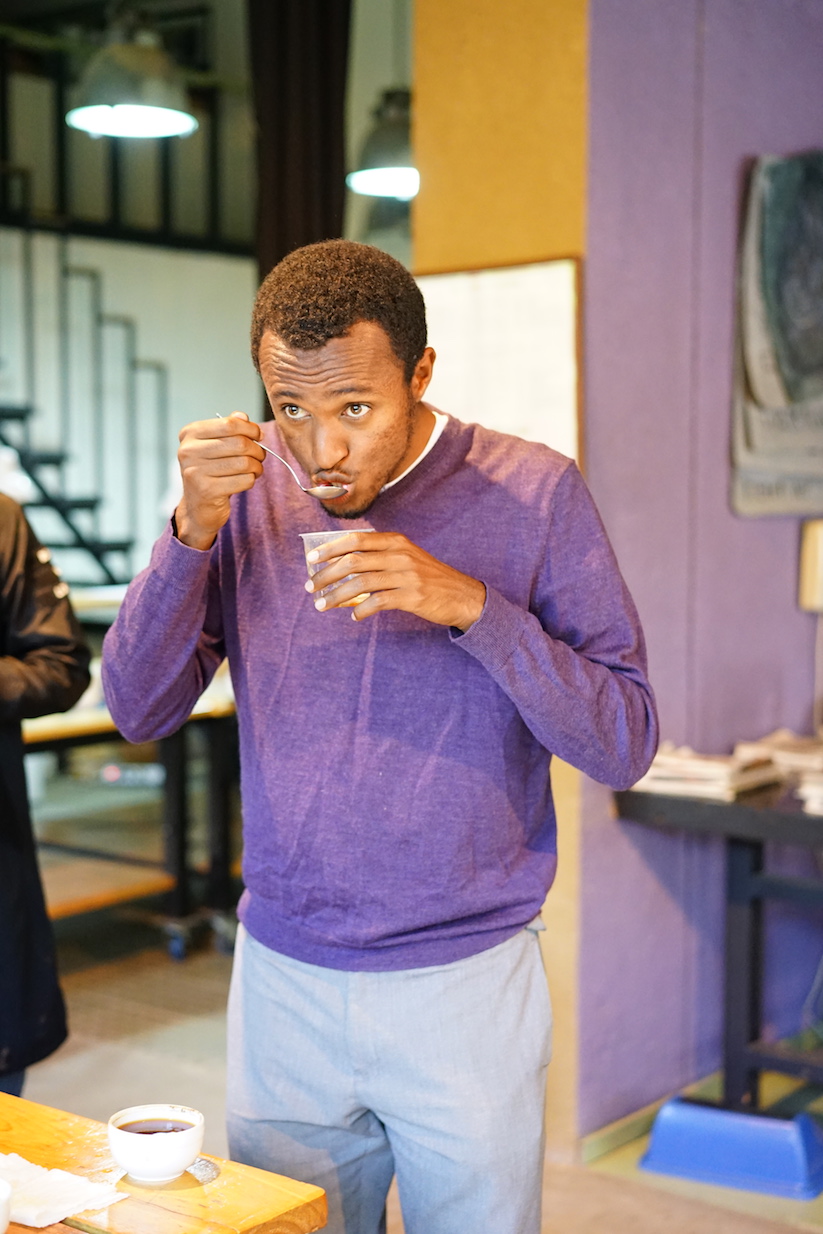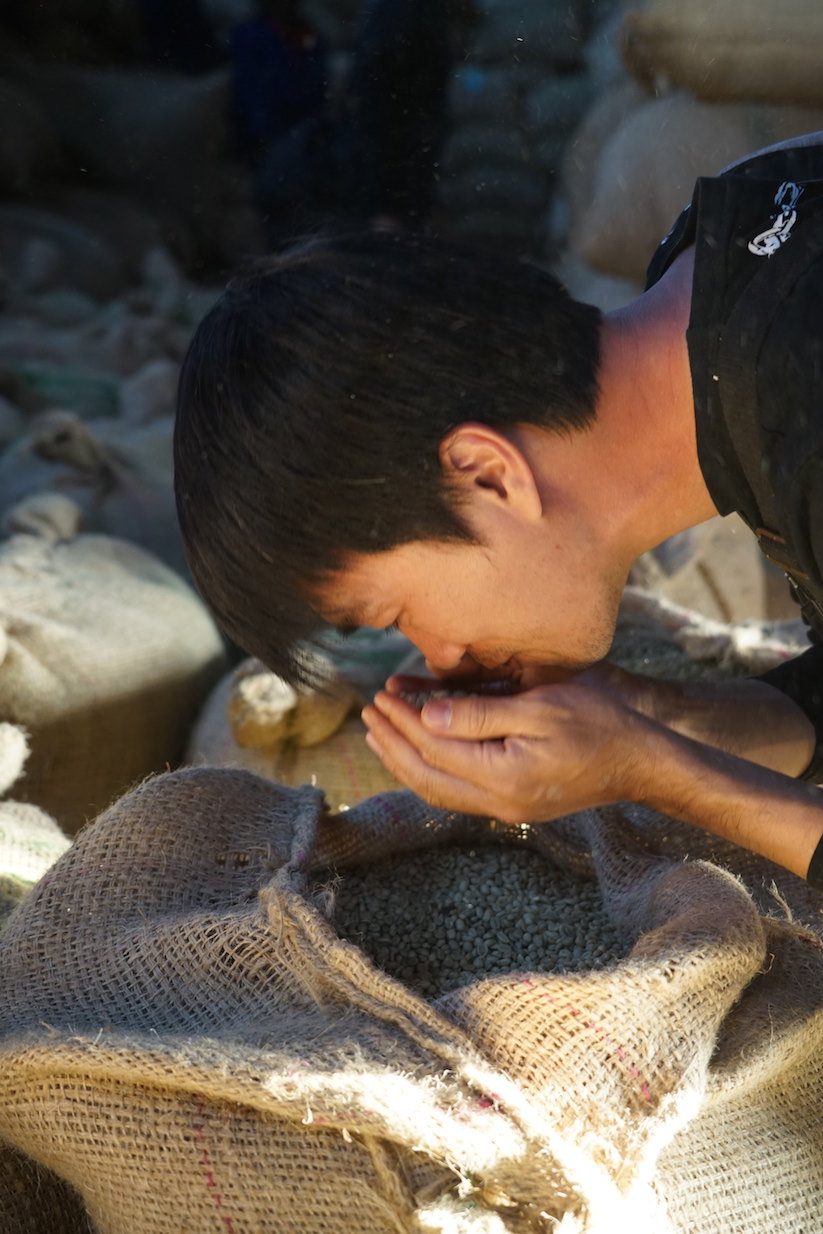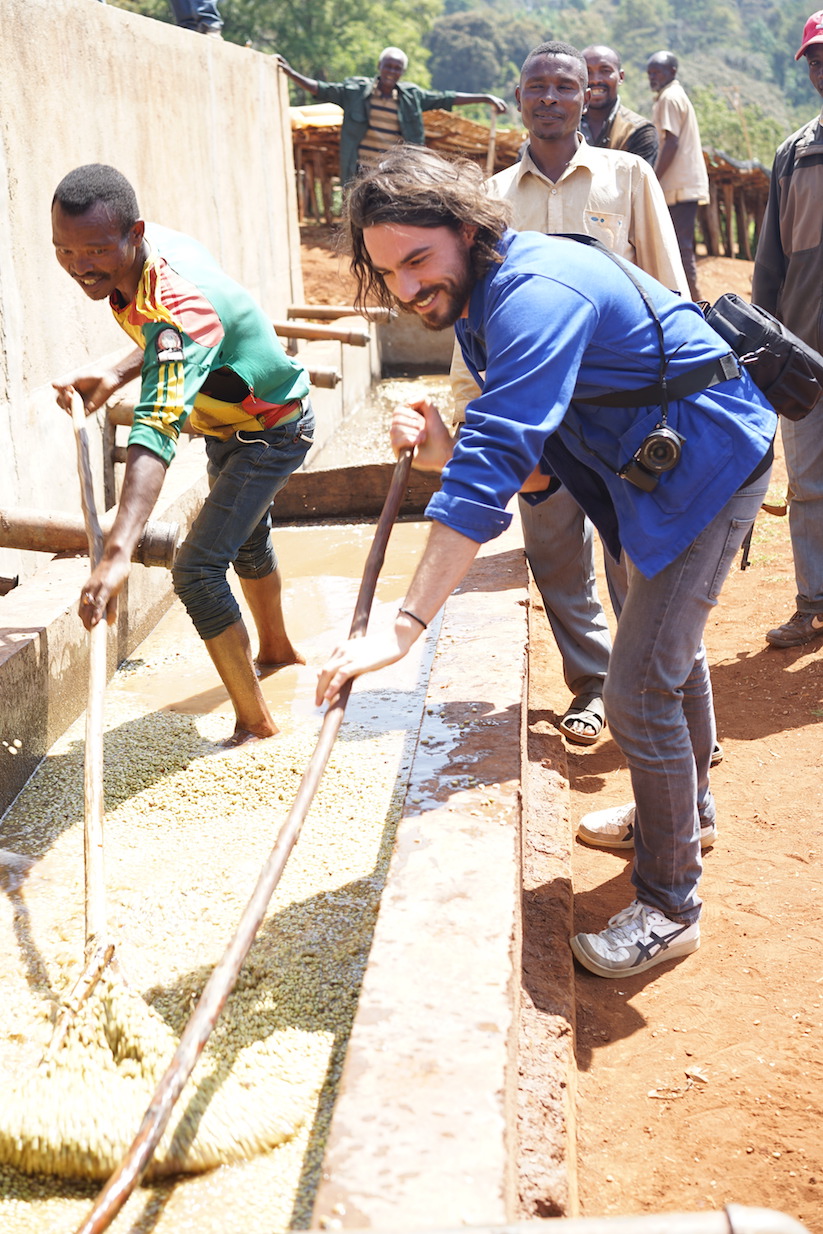July 6 to 11, 2018
We'll be visiting our partners in Burundi, Long Miles Coffee Project, for cuppings and visits to farms and washing stations. You're invited to join us. Complete the form below and we will be in touch with all the details.
Making specialty coffee starts with a particular mindset, but ultimately it is a craft. There are particular things one needs to do. Jhonny Vidurrizaga does them all.
He is also one of our farmers pioneering the Connect.Coffee platform. Join Jhonny and sign up here today!

We'll be visiting our partners in Burundi, Long Miles Coffee Project, for cuppings and visits to farms and washing stations. You're invited to join us. Complete the form below and we will be in touch with all the details.
I recently returned from my first trip to Honduras, and CCS’ second trip for this harvest. I wanted to write a blog post with poetic descriptions of the beautiful farms, amazing people and delicious coffees I discovered in the region, or how I attempted to break the record for most baleadas eaten at El Rincon Del Sabor (not a pretty story, I’m not a breakfast person). Instead I have bad news to report:
Yields in Santa Barbara, Honduras, are down almost 50% compared to last year.
My heart breaks for our partners and producers in the region, knowing the hard work and care they invest in this, and every, season. In this origin update I will try and explain what’s happening to cause such low production, and what the producers are doing to combat these problems and prepare for the future.
Last year was an atypically productive year for Honduras, so comparing the 2018 harvest to 2017 is a bit deceiving. Additionally, this year happened to be the lower-yielding year in the bi-annual ebb and flow of productivity.
“In 2016, the rainy season was a bit more typical with multiple rain patterns, producing more flowerings. Because of this, 2017 was a fruitful year,” Benjamin Paz of our export partners, San Vincente, explained.
“It was a perfect storm for quantity. Numbers were way up. However, in 2017, there was a long period of time over the summer when the weather was atypically hot during stretches when they usually receive rain. This pushed the flowering much later into the year, and plant production suffered. This of course led to smaller production in 2018.”
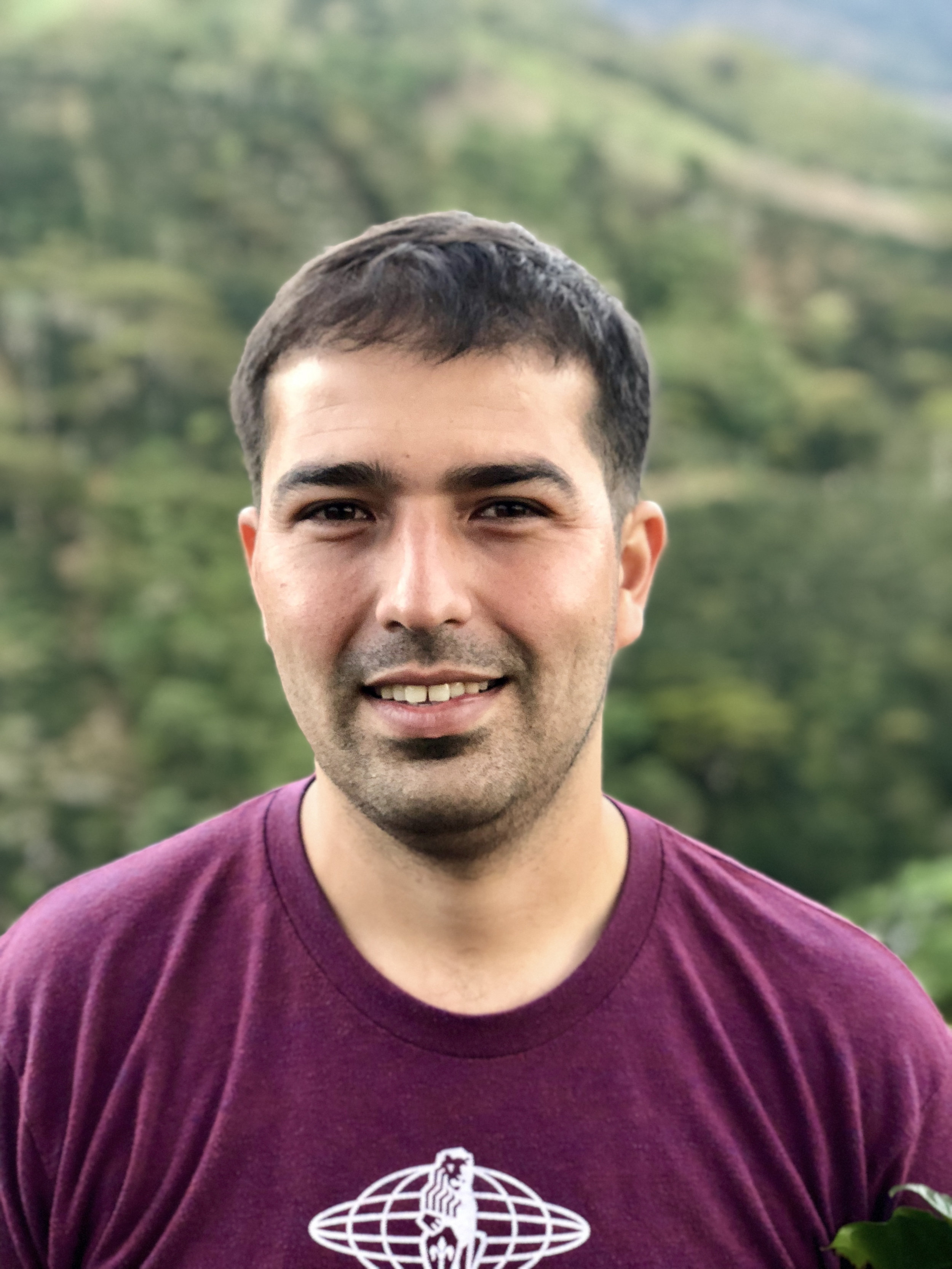
Benjamin Paz, producer and Everything-You-Need-Coffee-Guy at San Vincente, Honduras
Benjamin added “this country is certainly struggling with climate changes. We should all be much more concerned with how we’re treating the environment.”
While many coffee producing countries are experiencing a drop in production, Central and South America seems to have been hit harder than other regions. It is certainly the worst case of climate-induced agricultural issues that I’ve seen to date. It was sad and frightening, but also hopeful to witness the support from Benjamin and his staff, and the work they are doing to prepare producers for future low-yielding seasons.
Some farmers are switching varietals, moving away from Pacas and planting the more disease resistant option: Paraneima. This variety has become popular the last couple of years because of the mentioned resistance, and the ability to achieve 86+ scores from much lower altitudes, around 1200 m.a.s.l.
Additionally, farmers have renovated existing Pacas and Catimor trees to ensure more fruitful seasons in the future. Some farmers are adding newer, healthier plants altogether.
Benjamin stated that we should expect climate change to continue impacting yields, but he hopes that production will be more stable in the future. While thinking positively is admirable, it is not enough to protect farmers, so Benjamin and the staff have been working closely with producers to build systems to combat down-years. They have been working on more accurate projection models, and teaching farmers how to predict low production so it’s not as great of a financial shock. This makes it easier for farmers to know when cash flow will be down, and thus, when to invest back into the farm.
This was my first time in Honduras, an origin that holds a special place in CCS’ heart, with many friends we have been working with for over twelve years. Benjamin Paz, friend to us all, was a wonderful host and we were so well taken care of by the San Vincente team. The coffees were stellar and the high percentage of the offerings that scored 86+ was nothing short of impressive. We have so much love and respect for our friends in Honduras, and we desperately hope their efforts and foresight will help them avoid low-seasons, like this one, in future.
All photos by John Ivar Sørreime, Kaffa Oslo
Check out our current crop Honduras coffees that are all cupping spectacularly well, or contact your sales representative to pre-book new harvest coffees that will be shipping soon.

Muluka, sorting natural coffees at Gidhe A Washing Station, Ethiopia
CCS was in Ethiopia for the second time this harvest season from January 7 to 14. Roasters from all over the globe joined us as we travelled from Addis Ababa to Yirgacheffe and Sidamo in the south of the country, visiting long-time partners and new friends.
Our goal in the south of the country was to visit washing stations that are new for CCS, to get a sense of the people there and the way they work, as well as cupping their coffees. Next to Robert and I, in the vans travelling the bumpy roads of Southern Ethiopia, sat Mike from Blueprint in the US, Glen and Stanley from Green Coffee Gallery in Taiwan, Echo, Qili and Van, from Coffee Voice in China, Thomas, from Belleville Brûlerie in France and Erik, from Kaffa in Norway. We were accompanied by Abenezer from SNAP, an exporter and new partner we will work with this season and into the future.
When buying your green coffee or sipping your freshly brewed cup, you may have wondered, what is an Ethiopia Heirloom? Well, I have at least a partial answer to that: when stepping on the black and fertile soils in the Guji Highland Estate you cannot find two trees alike. Walking randomly in the farm we passed by a beautiful specimen of unknown variety with orange, almost pink cherries. Even Robert, who has travelled to Ethiopia at least twice each season for the last 12 years, had never seen a tree like this! As the birthplace of coffee, the genetic variety in Ethiopia is breath taking, and something we are only beginning to understand.
I have spent some time at origin in Latin America, but this was my first trip to Africa. What struck me immediately was how perfectly suited Ethiopia is to growing coffee, at least on the southern regions we visited. The weather was dry during our trip, with temperate days and cool evenings. Spectacular forests provide protective shade for the coffee trees which allow the cherries to grow and ripen slowly, enriching their pulp with sweetness. Again, this is no surprise given Ethiopia is the home of the coffee tree, still it is an experience to see it in person.
In Perú and Ecuador, where I worked for a few months with cooperatives and producers, we often spoke about the terroir, the weather, and the processing methods as the components of specialty coffee quality. The one part that is usually the forgotten is logistics. The complexity in Peru surprised me, some farms are only accessible by motorcycle over bumpy and muddy tracks. How do we reach those small producers in the most isolated reaches of the mountains? How do we maintain traceability?
The issue of logistics is even more complicated in Ethiopia. First, Ethiopia is HUGE. We spent four days of long travel to reach different washing stations and farms in the south. And yet, seeing how tiny that region is on the large map of Ethiopia, I realised how crazy it is to work in a lot of different regions in the country. Distances are not that great, but the roads are extremely bumpy! Just moving from the north of Yirgacheffe to the south took us a full day in a car!
At the same time, I felt privileged to see an Ethiopia that will soon be history. The country boasted an annual economic growth of 10,8% on average between 2004-2014, and its population is expected to grow from 100 million people today, to 190 million by 2050! That’s almost double! Huge infrastructure projects are underway to connect all parts of Ethiopia, and more specifically to link remote areas of beautiful coffees to the existing main roads leading to Addis. If you want to experience the Ethiopian “adventure,” go there soon guys!
We returned to Addis on the weekend for many cuppings, and to visit Heleanna of Moplaco. Their warehouse and mill are astonishing! In another life I worked for luxury cosmetic brands and visited the French factories of Chanel and Dior. It is astounding to see a production facility for coffee in Ethiopia just as clean and perfectly organized as the production line of the fanciest perfumes from Paris. No wonder the coffees we get through Heleanna are always stellars.
The highlight of this trip was meeting the people behind these incredible coffees, all of them with the biggest smiles. Each time I lifted my camera to my eye to capture the sorting process, or the natural coffees drying on their beds, I saw producers and partners with phones in hand, taking photos of me.
Matt is finalizing our buys in Ethiopia, and the fresh crop should be on the boat by end of March. Contact me in Europe or Sal in the US to get your hands of some samples.
Nicolas
Azrae , Guard at the Korate Washing Station, Sidamo, Dilla Zone
The biodiversity of coffee in Ethiopia is astounding
Tes Fane owner of the Konga Tesfaye Natural Station, Yirgacheffe
Tesfaye Girma - Manager of the Korate Washing Station, Sidam, Dilla Zone
Pickers at Mormora Farm
Tesema, Hadji, Goye - coffee sorters for naturals
Karyu, coffee washer at the Hallo Fuafate Washing Station, Yirgacheffe, Gedeb Zone, Gedeo.
Regasa Araso Birbo, Supervisor at the Hallo Fuafate Washing Station, Yirgacheffe, Gedeb Zone, Gedeo.
Sigaga Beyene, Owner of the Hallo Fuafate Washing Station, Yirgacheffe, Gedeb Zone, Gedeo.
Abtamu, owner of Dimtu Washing Station, Hambela, Buku Hamlet
Coffee sorters at Dimtu Washing Station, Hambela, Buku Hamlet
Dinkeneshe, coffee sorter at Gidhe A Washing Station
Muluka, coffee sorter at the Gidhe A Washing Station
Yirgacheffe - Konga Tesfaye Natural Station
Our guide and companion, Abenezer from SNAP exporters
Stanley from Green Coffee Gallery, Taiwan, at the Gidhe A Washing Station
Van #1 of the origin trip crew. Photo by Echo Lou of Coffee Voice, Shanghai
Thomas from Belleville Brulerie, France, at the Hallo Fuafate Washing Station, Yirgacheffe, Gedeb Zone, Gedeo.
